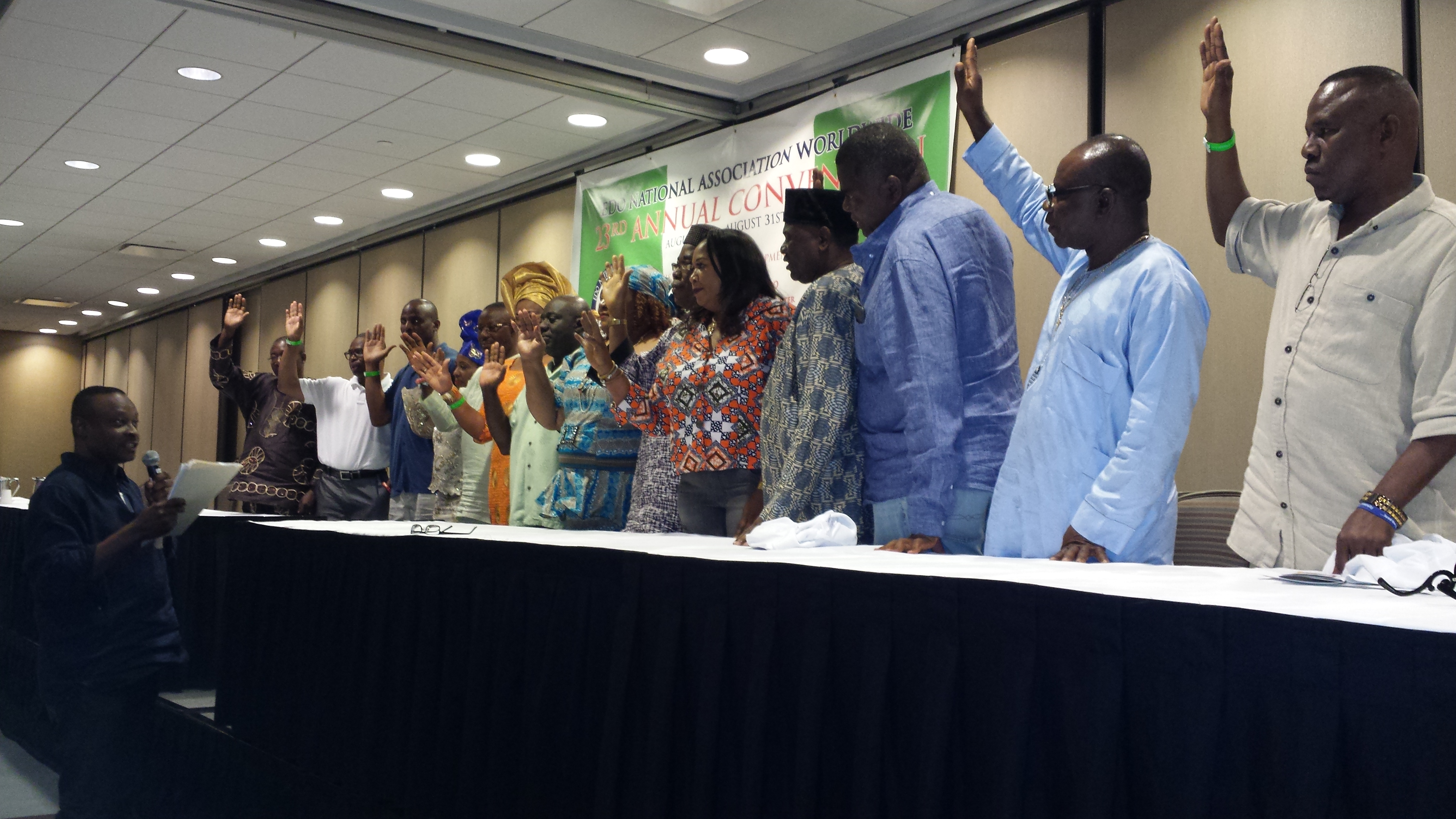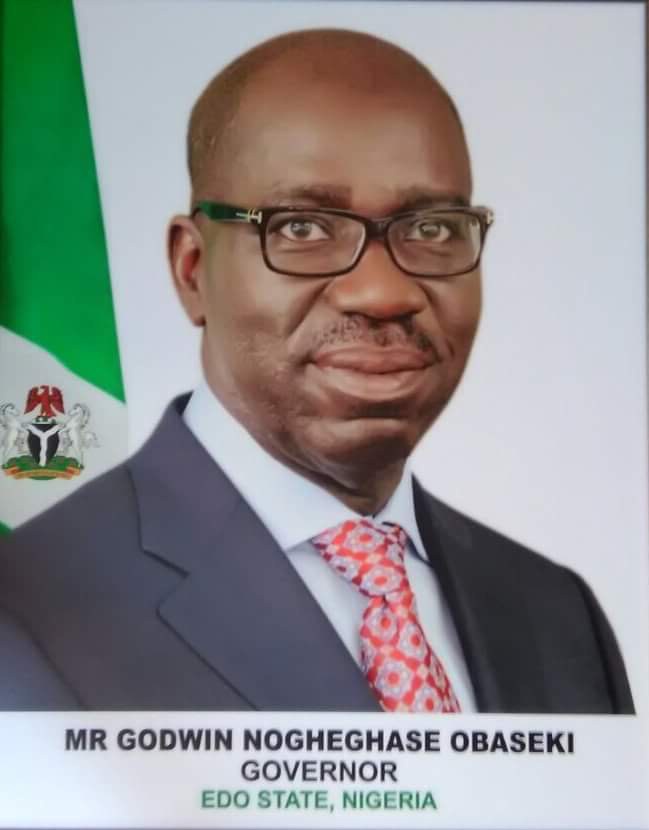Just past a Secret Service security checkpoint and more or less opposite the site of an Ivanka Trump store that has been scheduled to open this fall, Bergman, founder of Learn as Protest, reads from literature, speeches and editorials he considers an apt counterpoint to the manifest shortcomings of a president notorious for his resistance to the written word.
“This is a sustained, non-violent resistance,” he says. “The point is, to learn as a form of protest. So we come here and we read aloud.”
When Trump proposed a ban on immigrants from select Muslim-majority countries, Bergman read from Beyond Vietnam, a speech Martin Luther King Jr gave in 1968. At other times, he’s chosen from King’s Letter from Birmingham Jail; William Butler Yates’s Second Coming; Chimamanda Ngozi Adichie’s We Should All Be Feminists; Langston Hughes’s Let America Be America Again.
At one reading, while the Republican party was still drawing up its cuts-for-the-wealthy tax bill, Bergman chose an extract from The Great Gatsby in which F Scott Fitzgerald describes the obnoxious self-entitlement of super-rich, racist Tom Buchanan.
As Bergman starts to read, Secret Service officers nearby are nonplussed. “Wish I had the time to protest,” says one.
In a second reading, Bergman pulled out a copy of the New York Times editorial on the Republican tax cuts, alongside a photograph of the US treasury secretary, Steve Mnuchin, and his wife, actor Louise Linton, posing with sheets of newly printed dollar bills.
“We could equally stand here and read Eugene Debs, the early 20th-century socialist party leader, or Howard Zinn, author of A People’s History of the United States.”
But there is a larger political point to make. The lobby of Trump Tower, the first-floor sky lobby and a fifth-floor balcony are privately owned public open spaces (Popus) and designated as such in a 1978 zoning deal that, in exchange, gave Trump rights to add 20 storeys, including what would become his gaudy, faux Louis XIV-decorated expansive triplex.
There are more than 500 Popus spaces in the city, many barely recognized. But in the aftermath of the 2016 election, as Trump Tower became a focus of intense protest, it was ringed by Department of Sanitation dump trucks as a security measure.
“It felt more like Trump Tower with a red carpet than the White House North,” says Bergman. “I knew it was my right to be in here, and I wanted to use his space against him as a place to voice opposition.”
Anti-Trump protesters never penetrated the lobby, and life continued as it always had. The Trump cafe, the Trump gift shop, the Trump buffet, various cottage industry enterprises relating to Trump children all held spaces within the brass, marble and glass Trump Tower, itself the realization of a Trump childhood dream.
“At the beginning, when this was the seat of power between the election and the inauguration, it felt subversive to stand here and hold a book.” A year on, Bergman adds, “it still feels like contested space. But now, instead of protesters, it’s occupied by Secret Service and law enforcement.”
Over the course of the year, Bergman stood witness to the strangeness of the Trump environment. He was here when the president-elect handed his sons Eric and Donald Jr control of the Trump Organization. The hand-off was symbolized by a pile of manila-folders stuffed with papers. “More than likely, totally blank,” Bergman says.
It’s a theme Bergman likes to follow. He’s spent enough hours in the lobby to have gained a deep appreciation of the emptiness at the heart of Trump’s dystopian dreamscape. “You hear the tinkle of the golden-shower 60ft waterfall, and the Mel Tormé over the speakers, but you don’t really hear it but you know what you’re hearing. It’s an echo of the space, but without any content.”
The tower itself is beginning to empty out. At one point in the past year, 10% of the building’s 231 units were for sale or for rent, according to Vanity Fair. Famous (and infamous) residents have included Michael Jackson and Liberace. Aside from the building’s namesake, the most famous resident may now be indicted Trump campaign manager Paul Manafort, who offered his apartment, 43G, as collateral for his $10m bail application in November.
A high proportion of apartments are registered to corporate or otherwise anonymous owners. “For these residents – who feel safer having their bags checked by police, or being stopped by Secret Service agents on their way back from getting a cup of coffee – the scanners at the entrance, the police and the Secret Service hanging around in the stairwells after Trump’s election have been a godsend,” says the magazine.
They could, one might surmise, find some educational value in Bergman’s extensive reading list. “We have a president who hates words, and a news cycle that has left no room for the sort of reflection that reading Elie Wiesel’s Night could allow for.” But here in the brass-and-marble atrium of the Trump Tower each Friday, noon until 1pm, Bergman administers a subtle and well-timed counter to the Trump experience.






